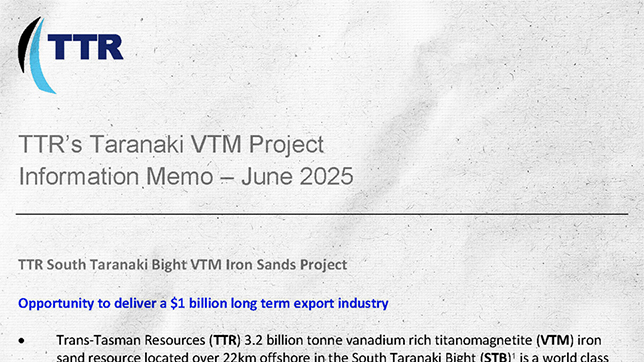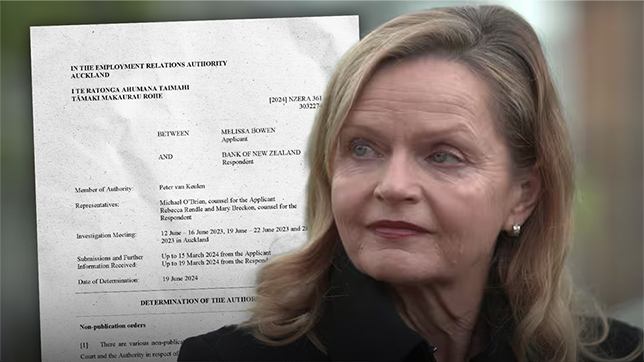MORE Latest

TTR’s Taranaki VTM Project Information Memo – June 2025
June 17th, 2025

Justice for BNZ whistleblower Melissa Bowen
July 1st, 2024
Your Opinion Matters
Open.
Tolerant.
Free.

TTR’s Taranaki VTM Project Information Memo – June 2025
Missed out on this content?
No worries. Join Platform Plus to get unlimited access to all The Platform content.
For just $30 per month you won't have to miss out again!
JOIN NOW